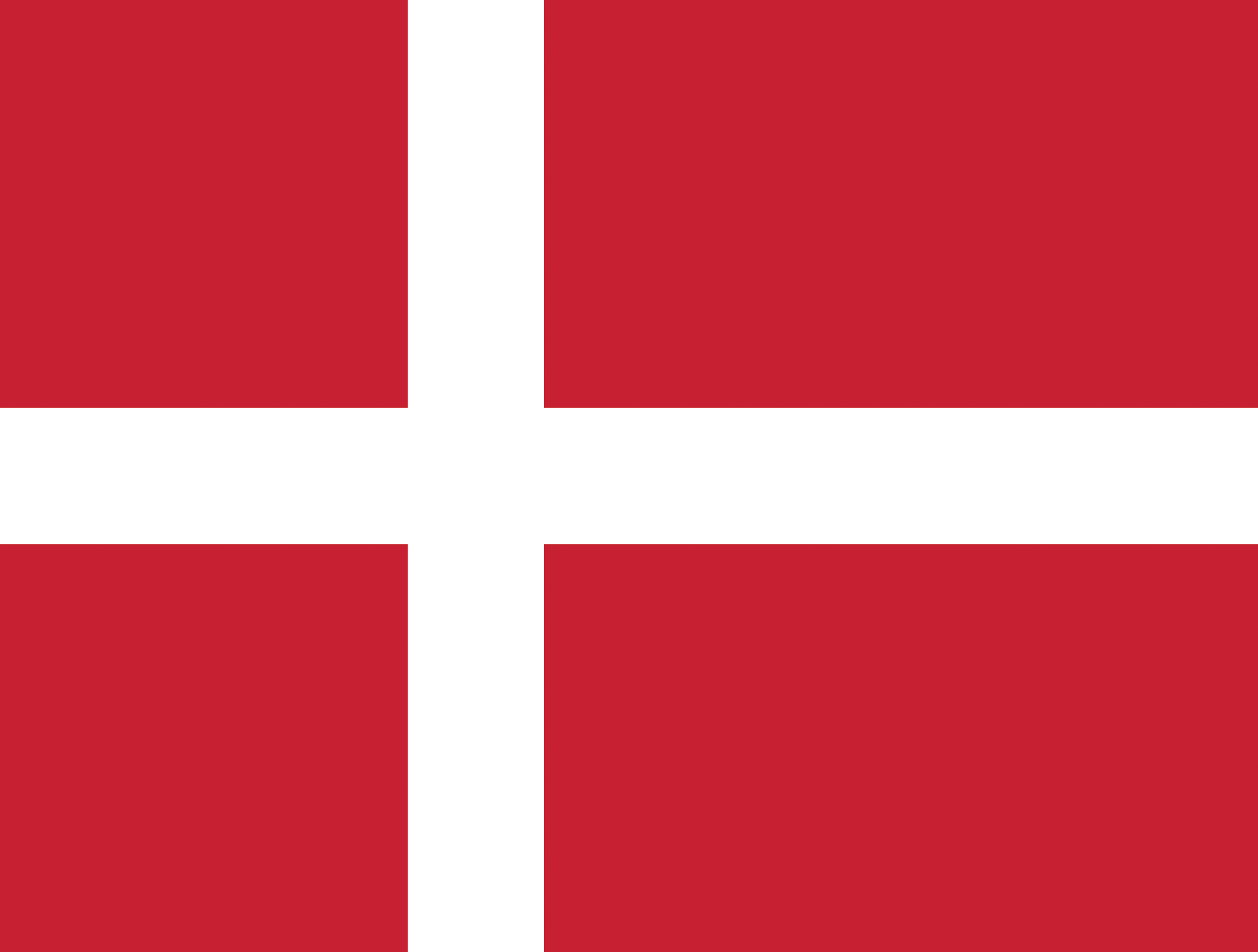Denmark flag belongs to the nation of Denmark in northern Europe. The Danes call their flag the Dannebrog, which means Danes’ cloth or flag of the Danes. The flag is red with a large white cross.

Denmark is one of several nations with a civil flag that is flown by individual citizens and a state flag that is used by the government. The two versions of the flag have the same markings but different shapes. The civil flag is a rectangle. The state flag is swallow-tailed (forked at the outer edge). Denmark uses its civil flag at the United Nations and in other international settings.
The Dannebrog is one of the oldest national flags in the world. Legends trace it to 1219, when the army of the Christian king Valdemar II of Denmark fought pagan forces at Lyndanissa, in what is now Estonia. According to stories of the battle, a red flag bearing a white cross fell from heaven and inspired the Danes to victory. The first written mention of Danish kings using the design of a white cross on a red background comes from the late 1300’s. Some other European flags from this period also bore a cross representing Christianity.
The type of cross on the modern Danish flag is called a Nordic cross or a Scandinavian cross. It has straight arms that continue to the edges of the flag. The middle of the cross is shifted toward the hoist (side closest to the flagpole). The Danish flag has served as a model for a number of northern European flags. Other flags with a Nordic cross include those of Finland, Iceland, Norway, and Sweden.
